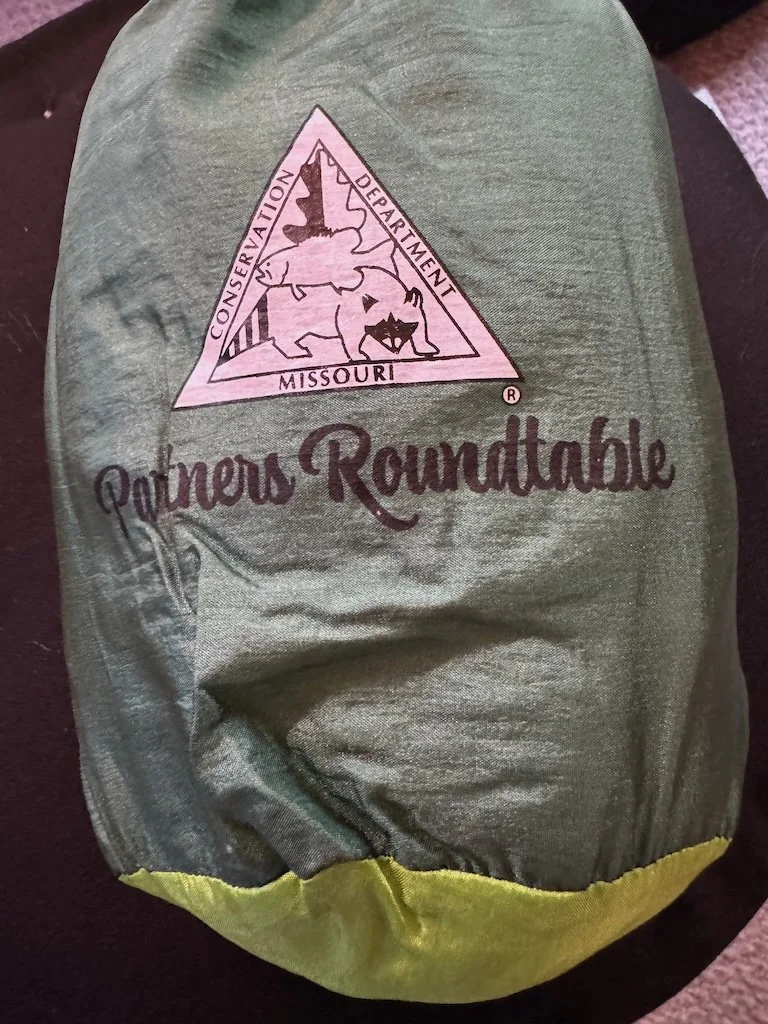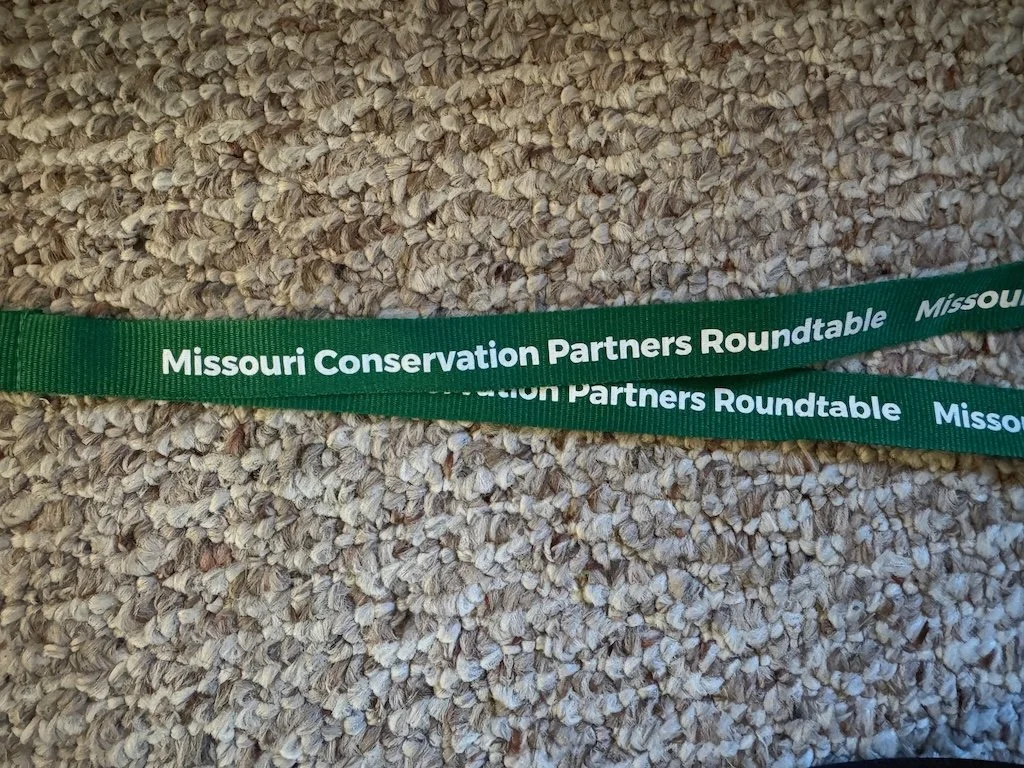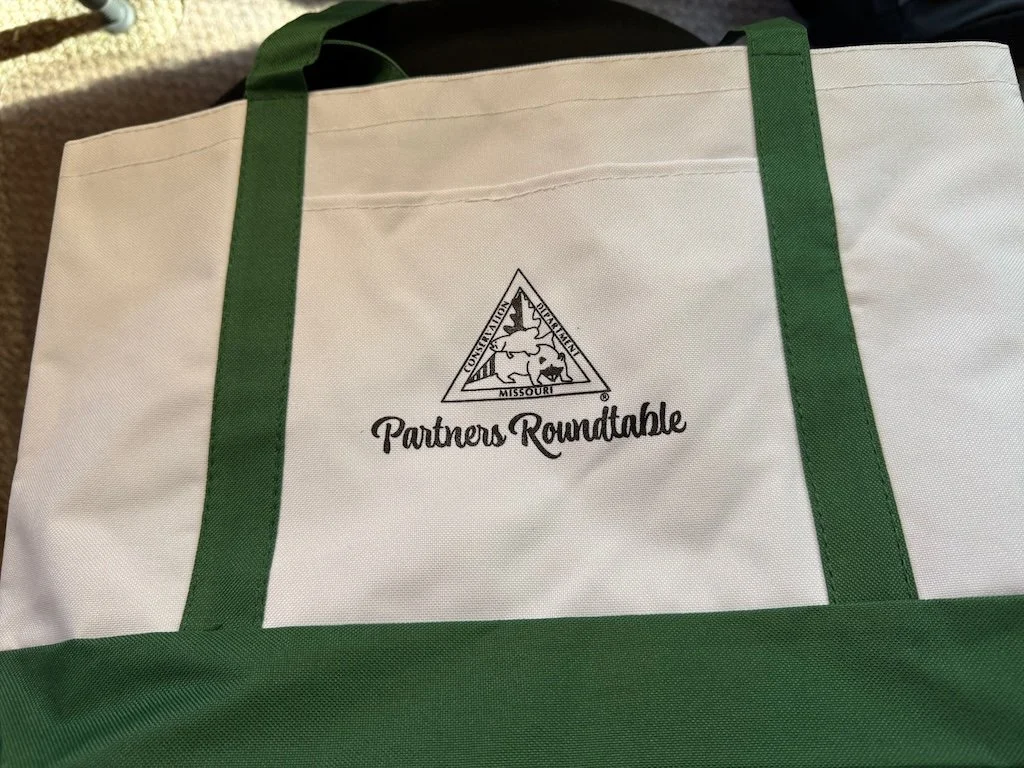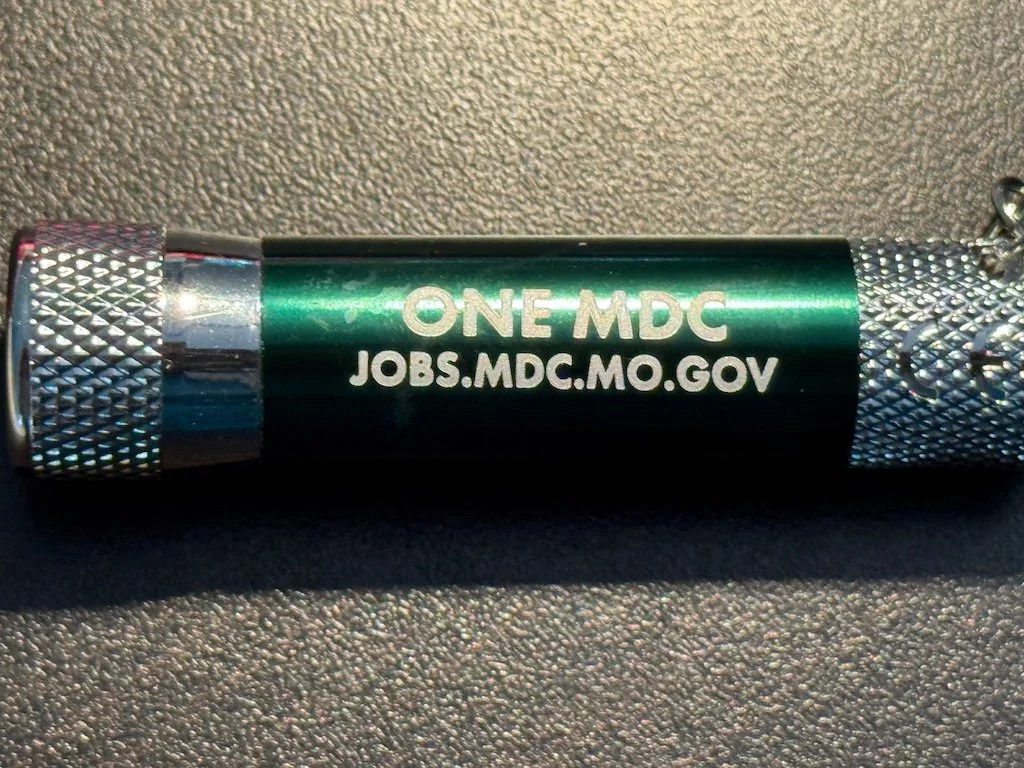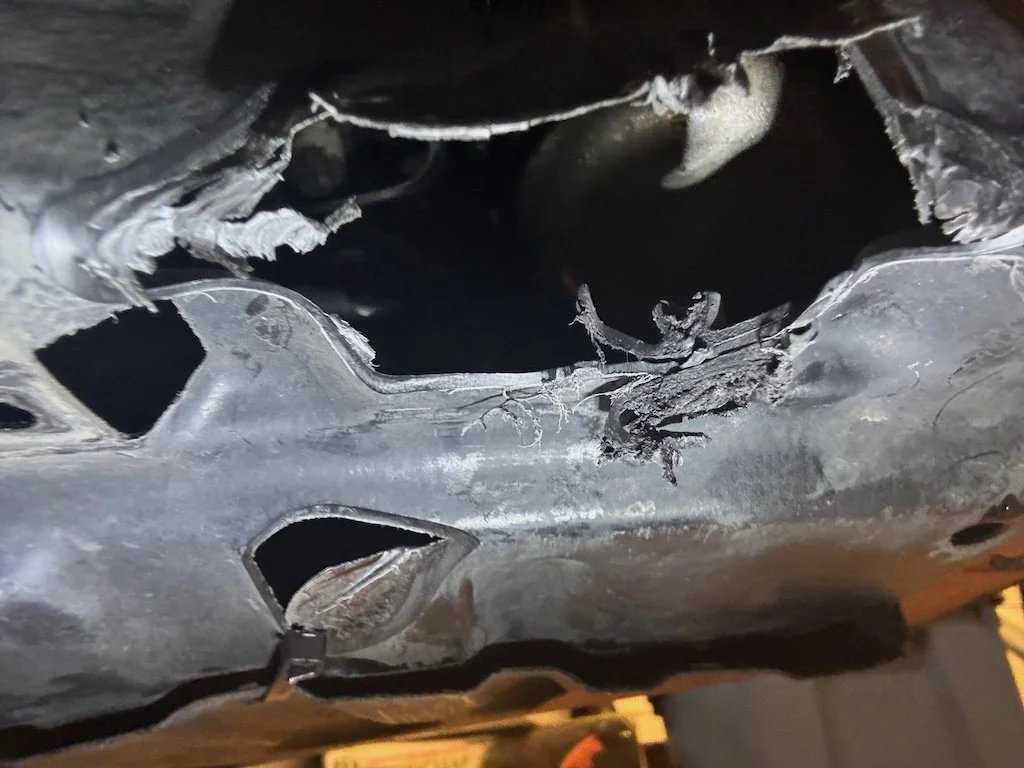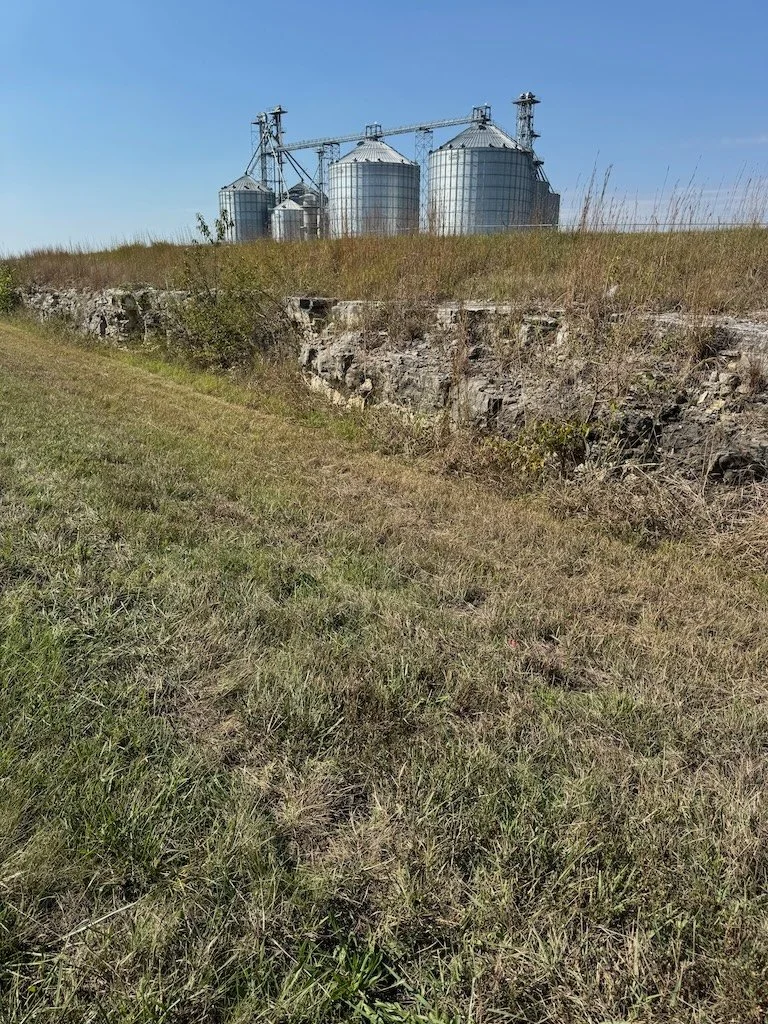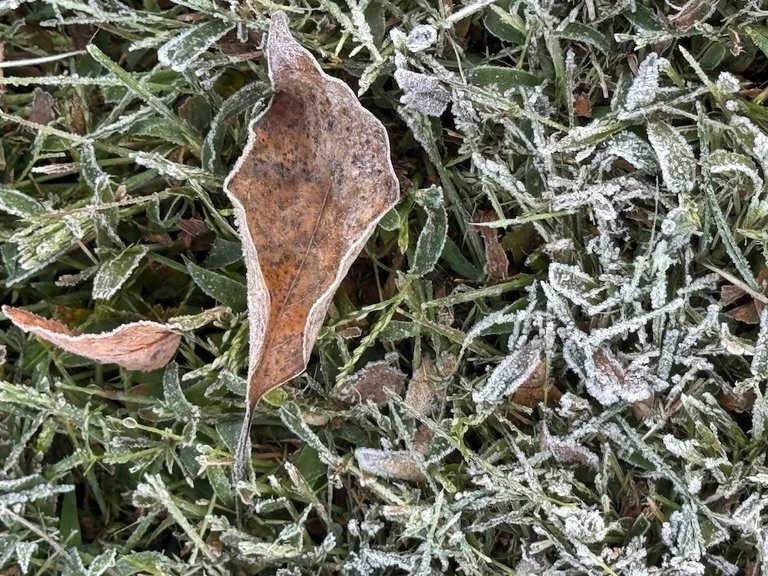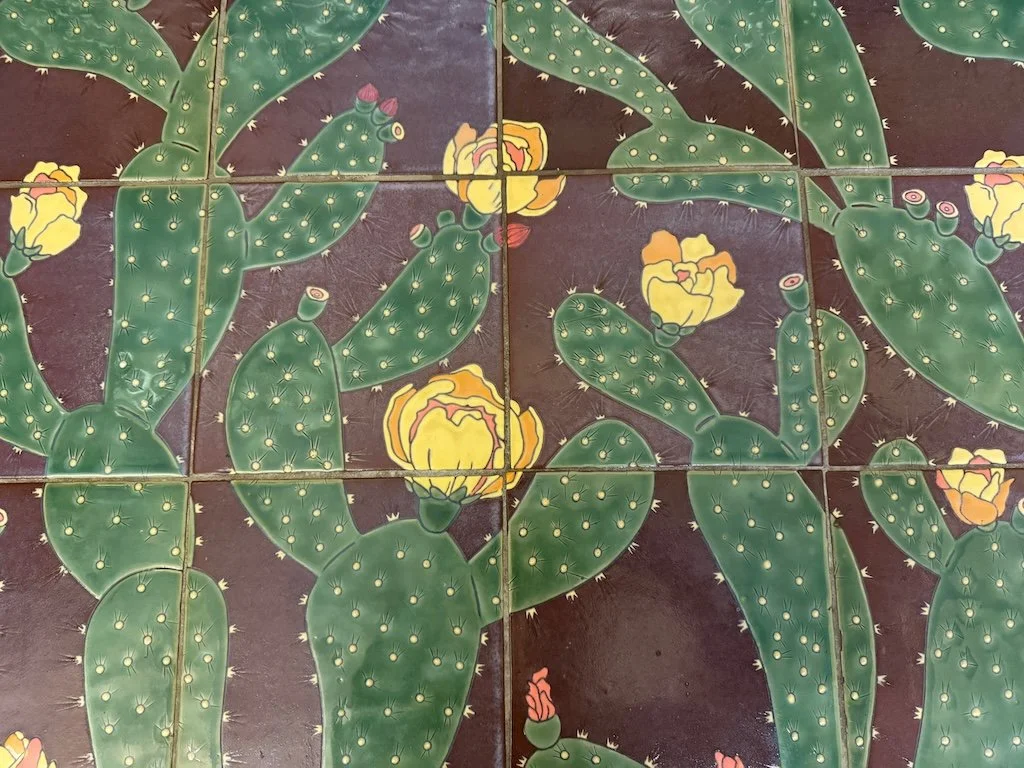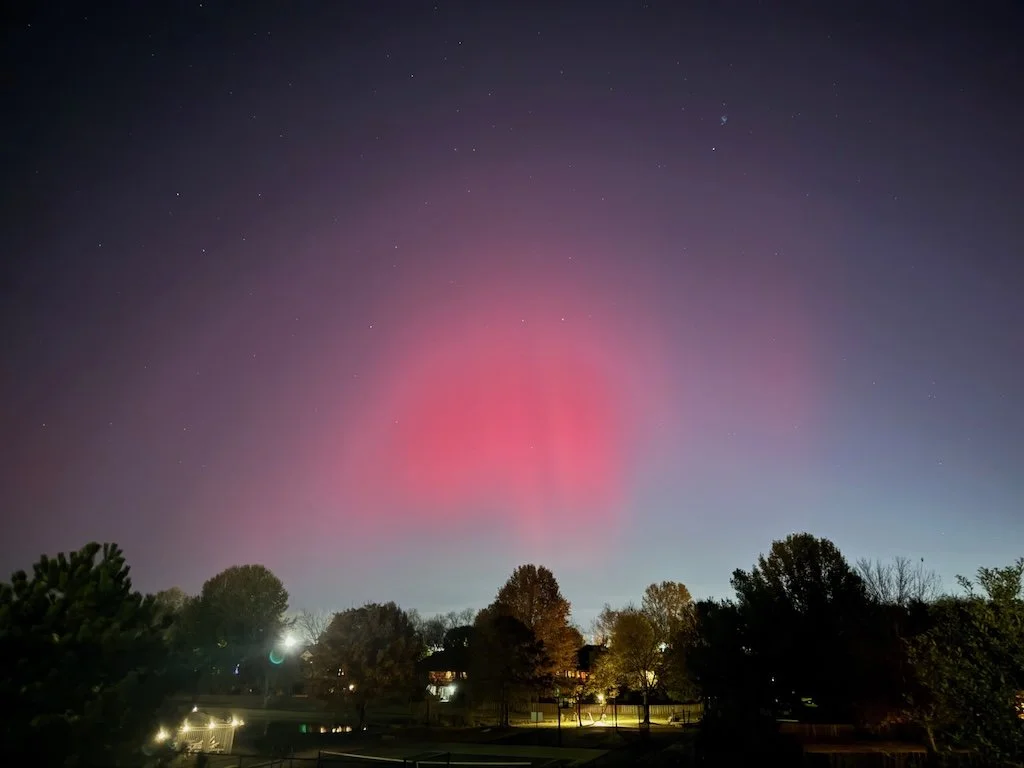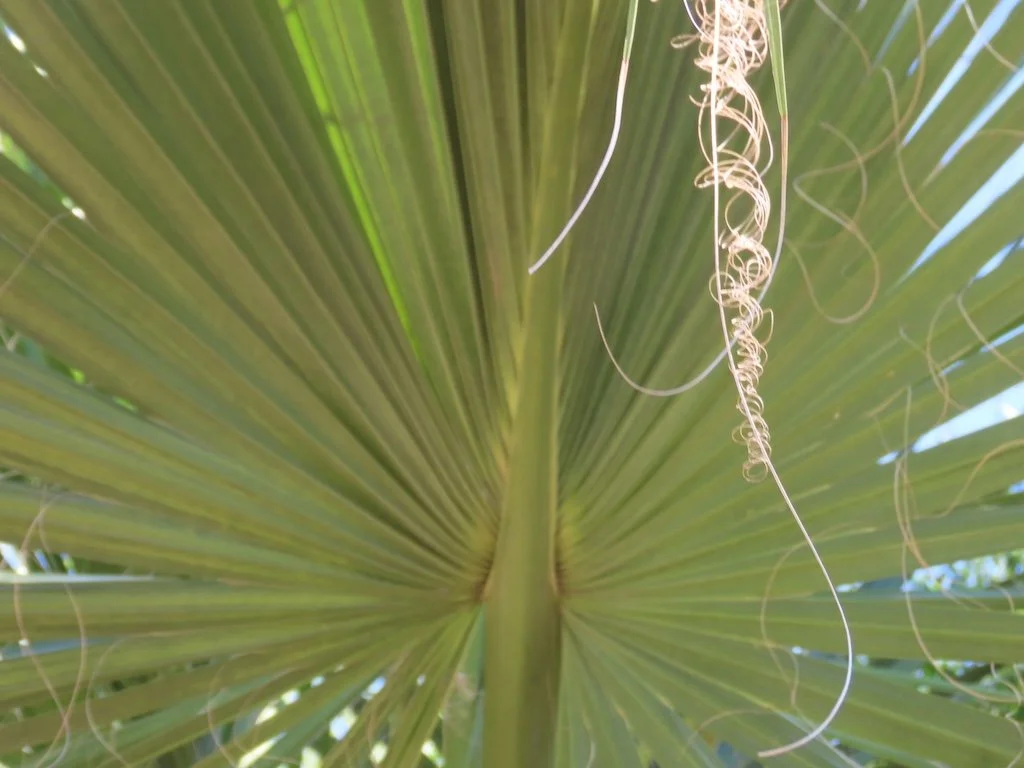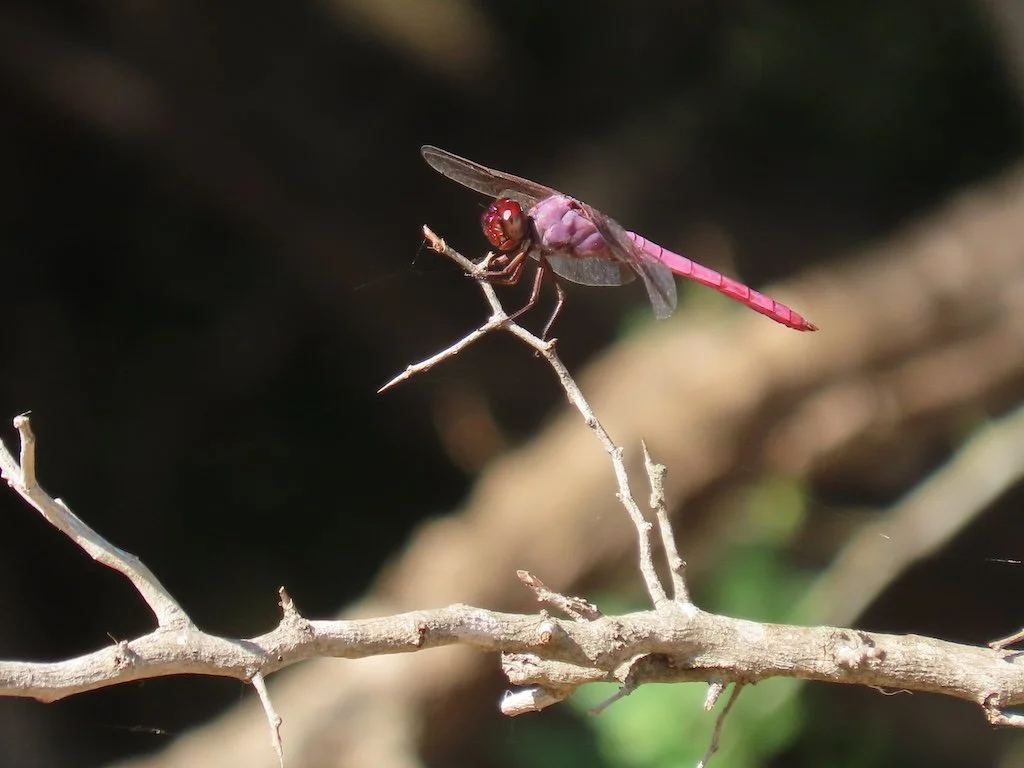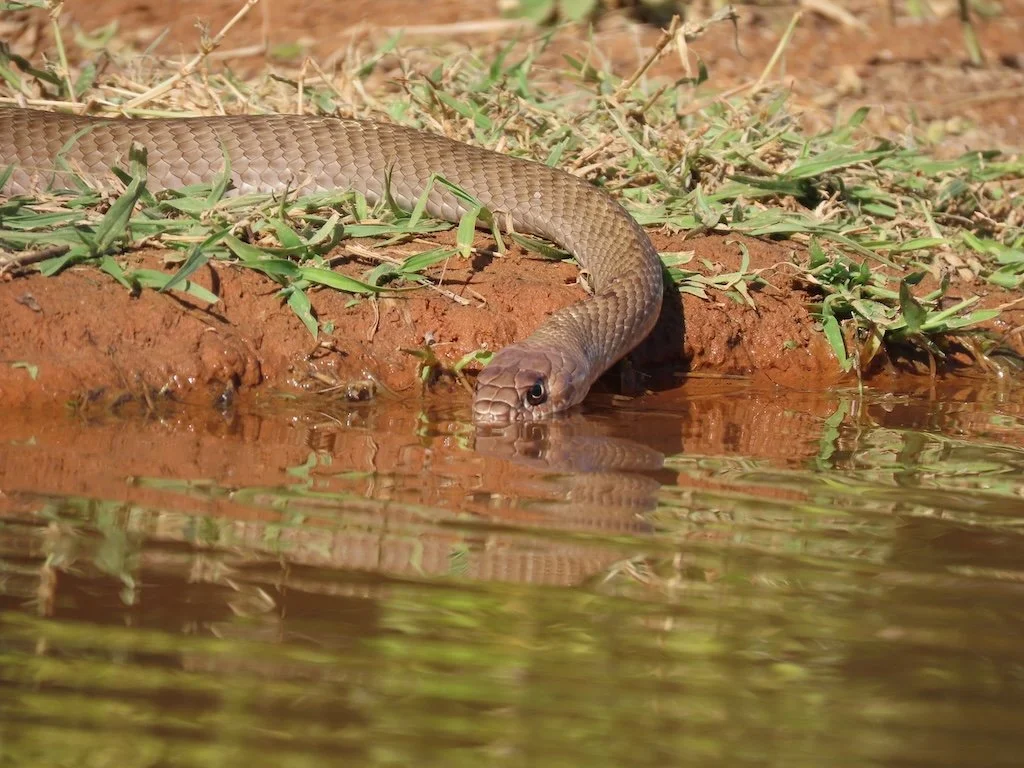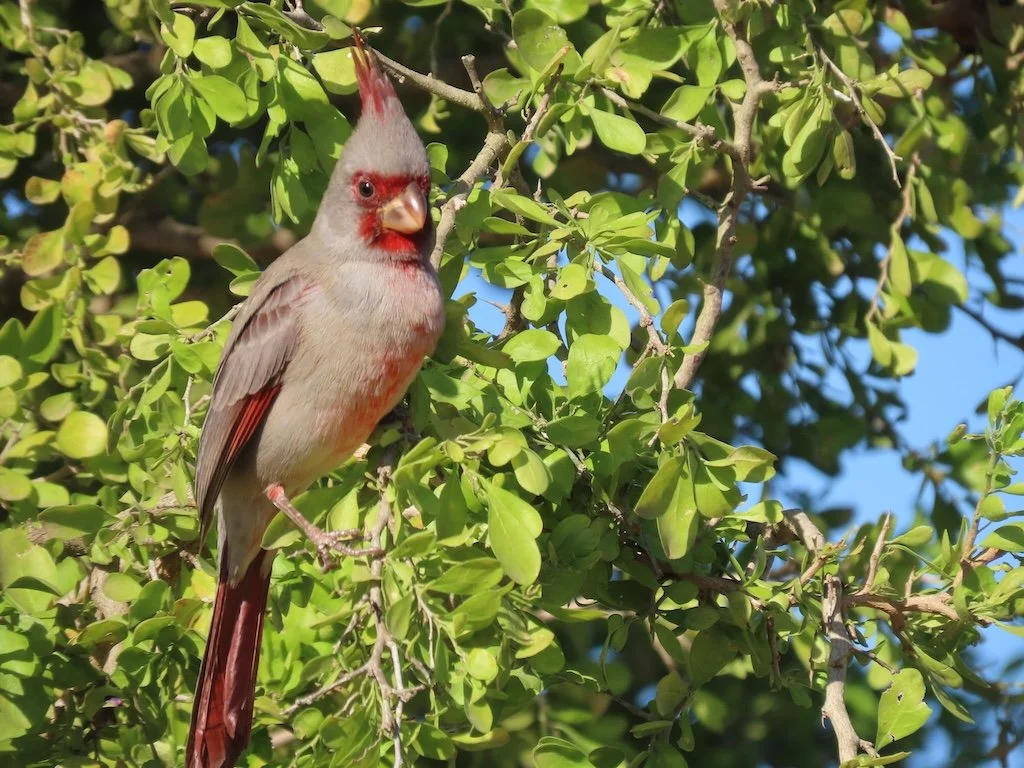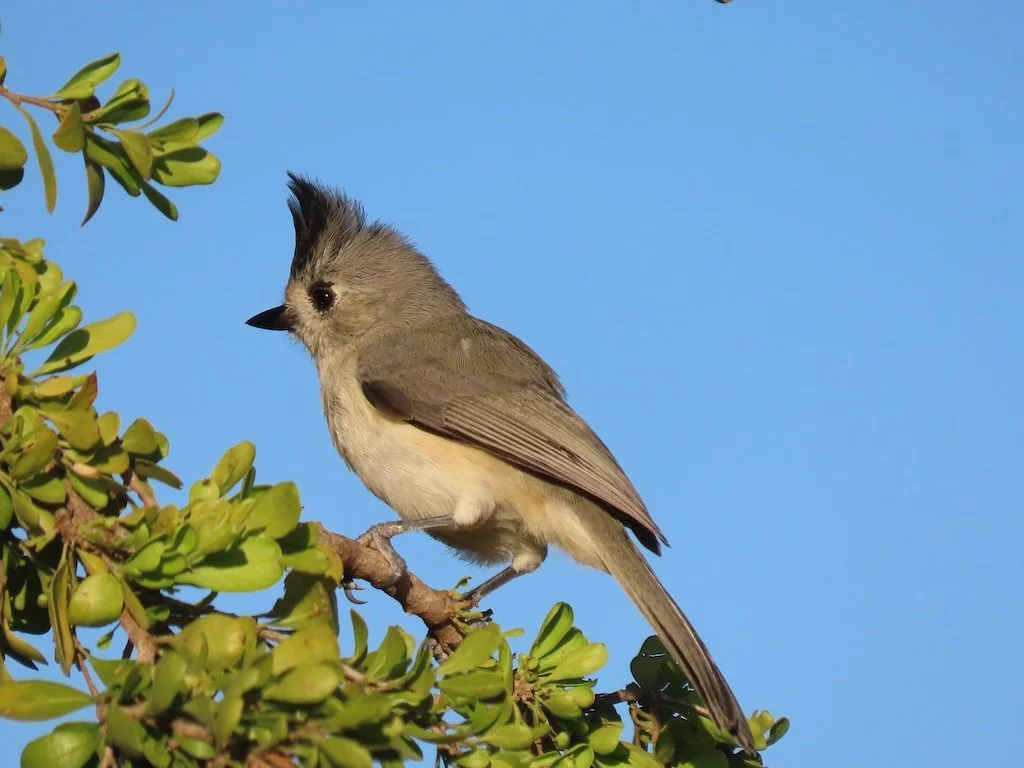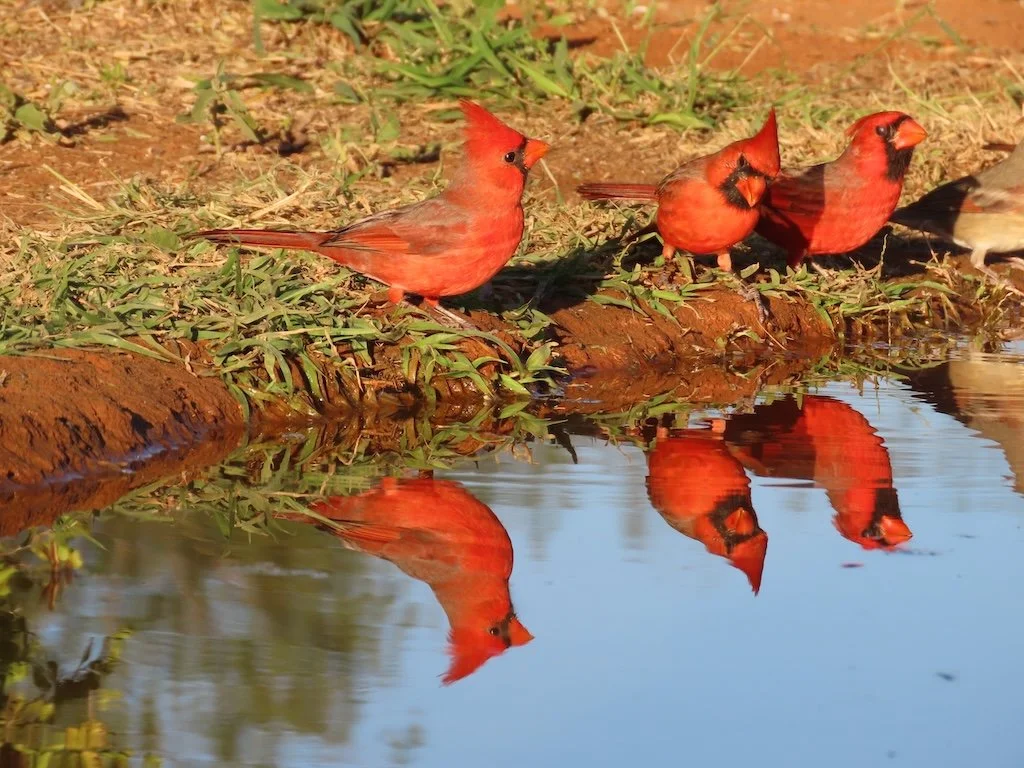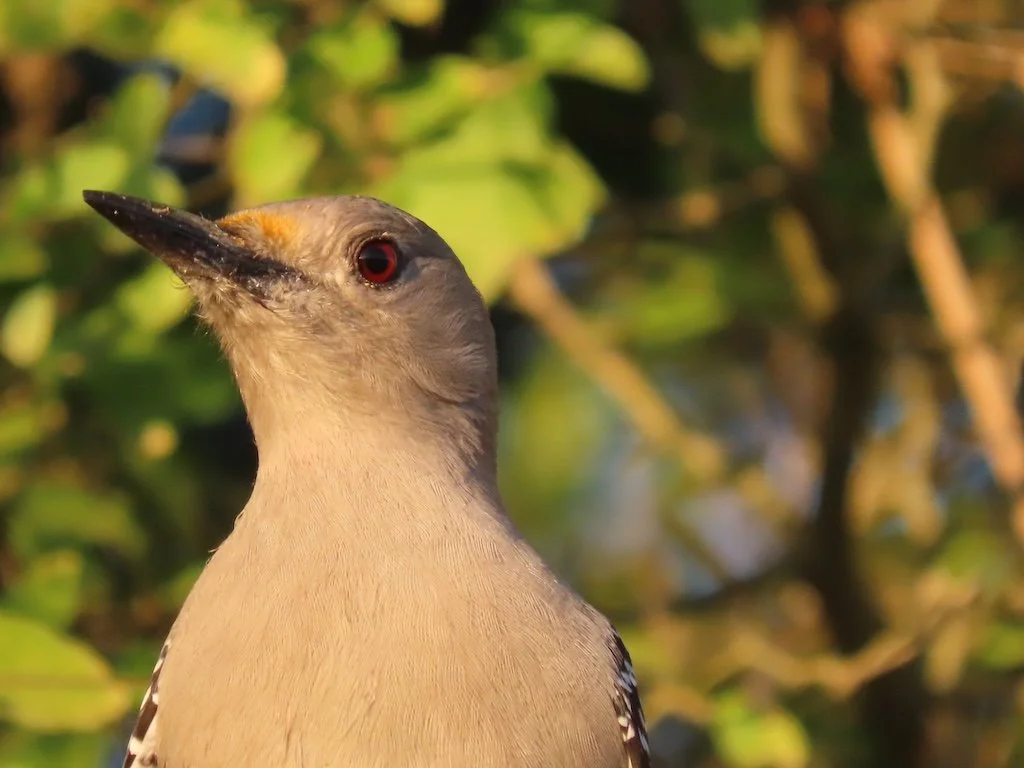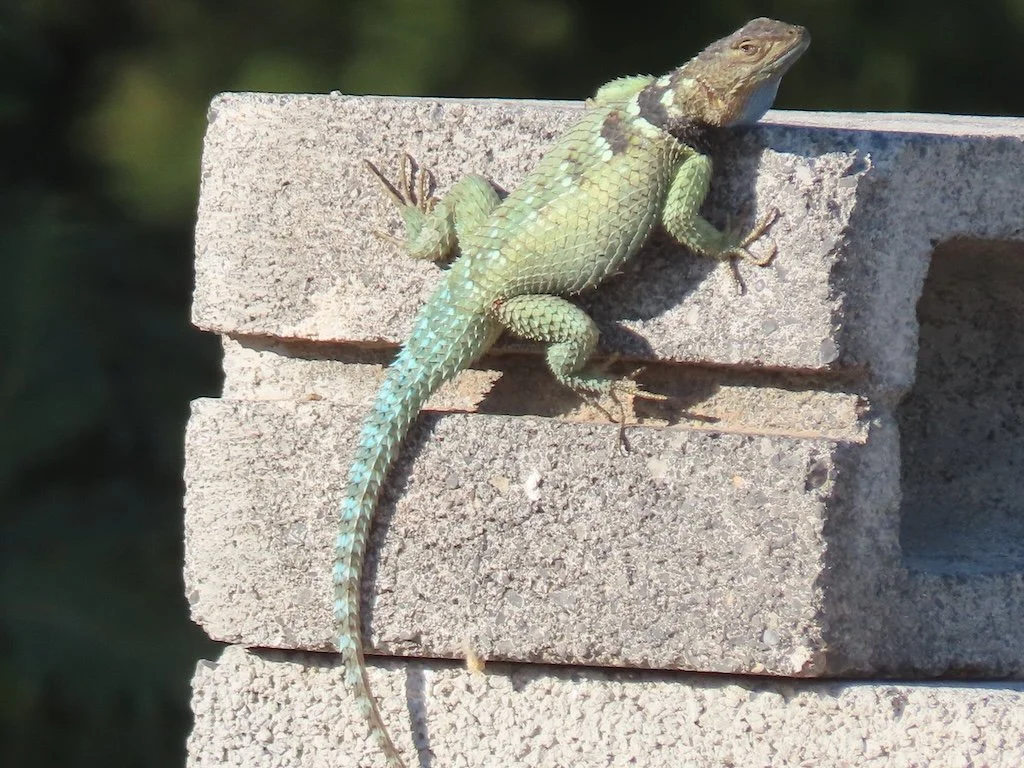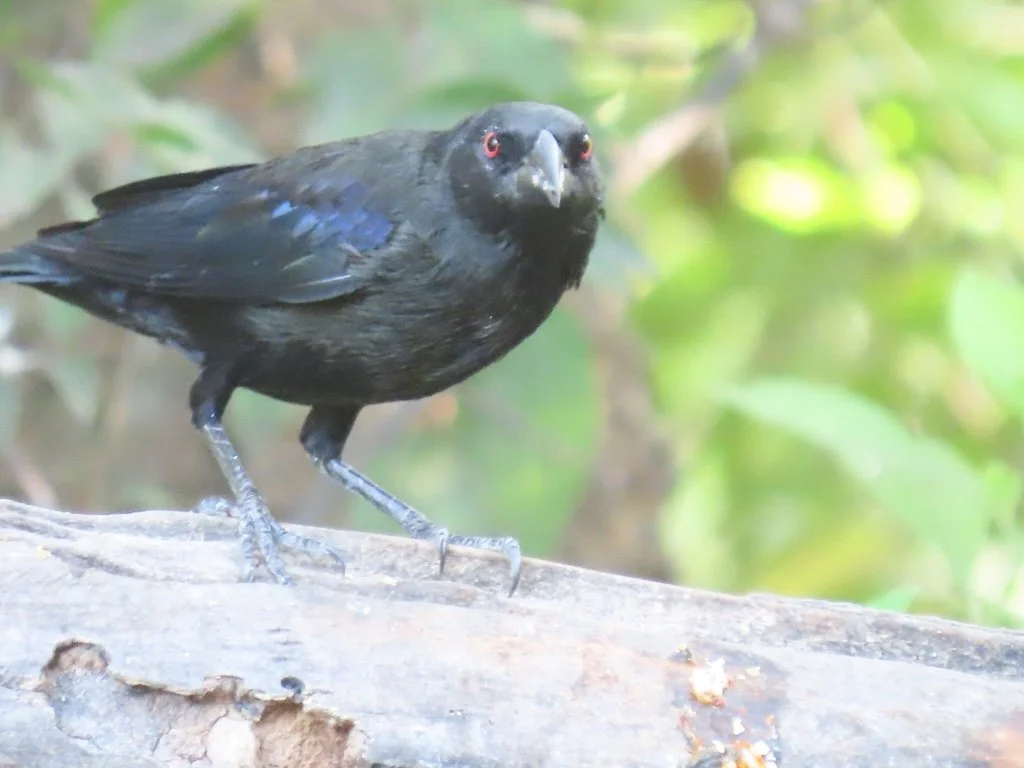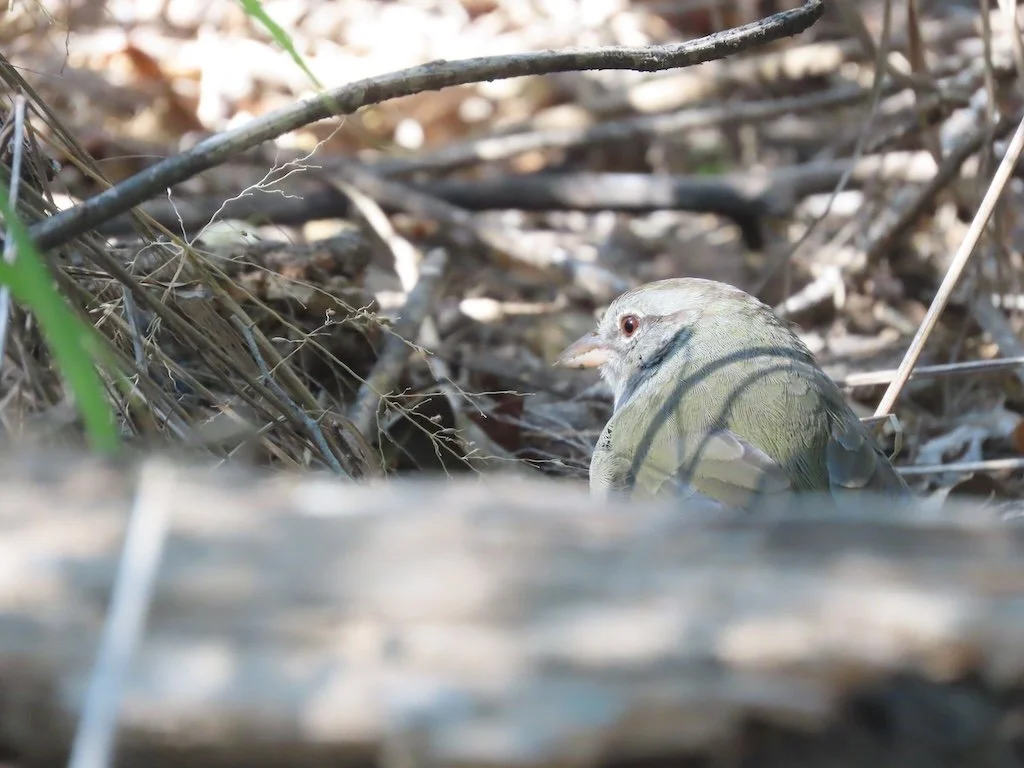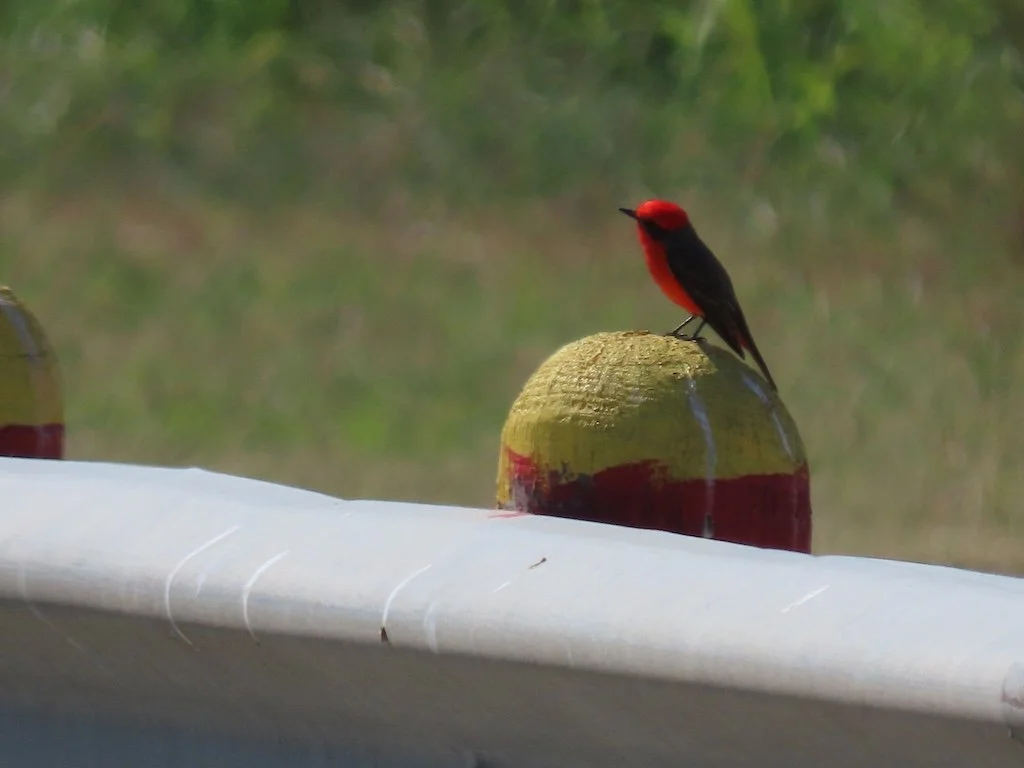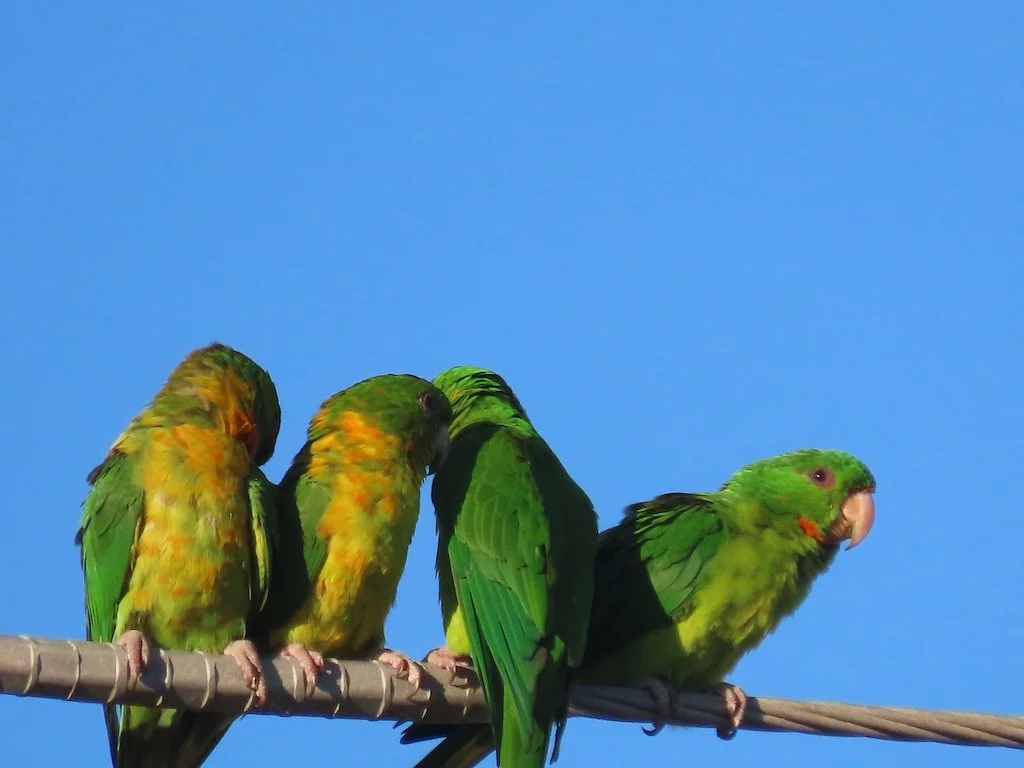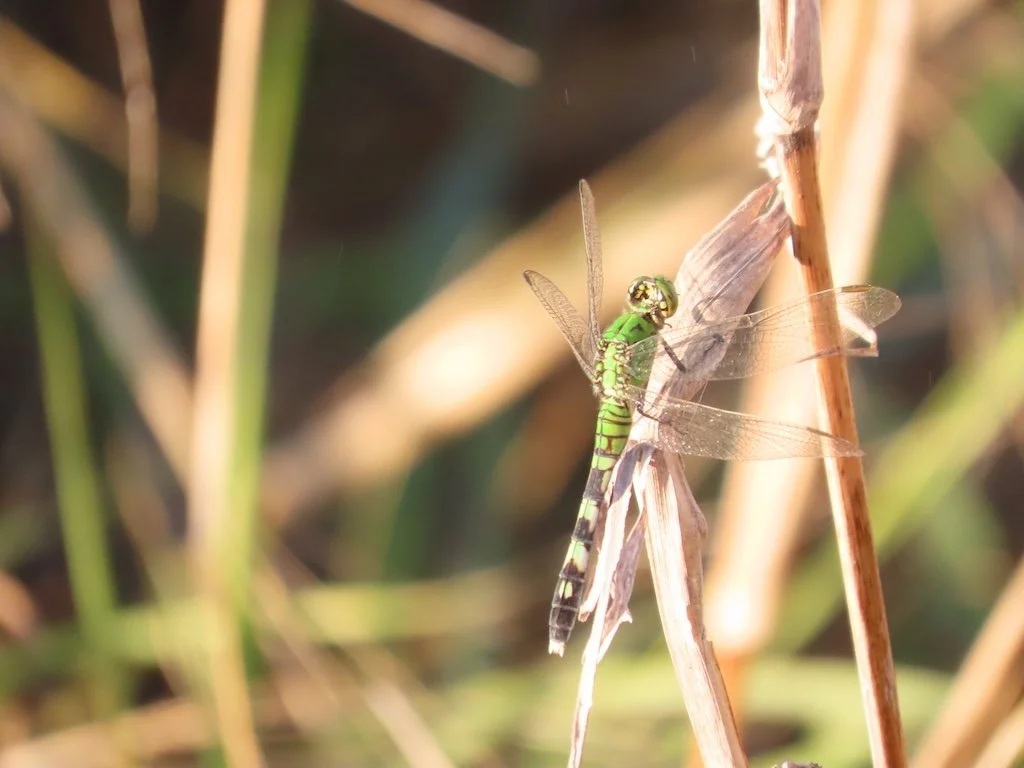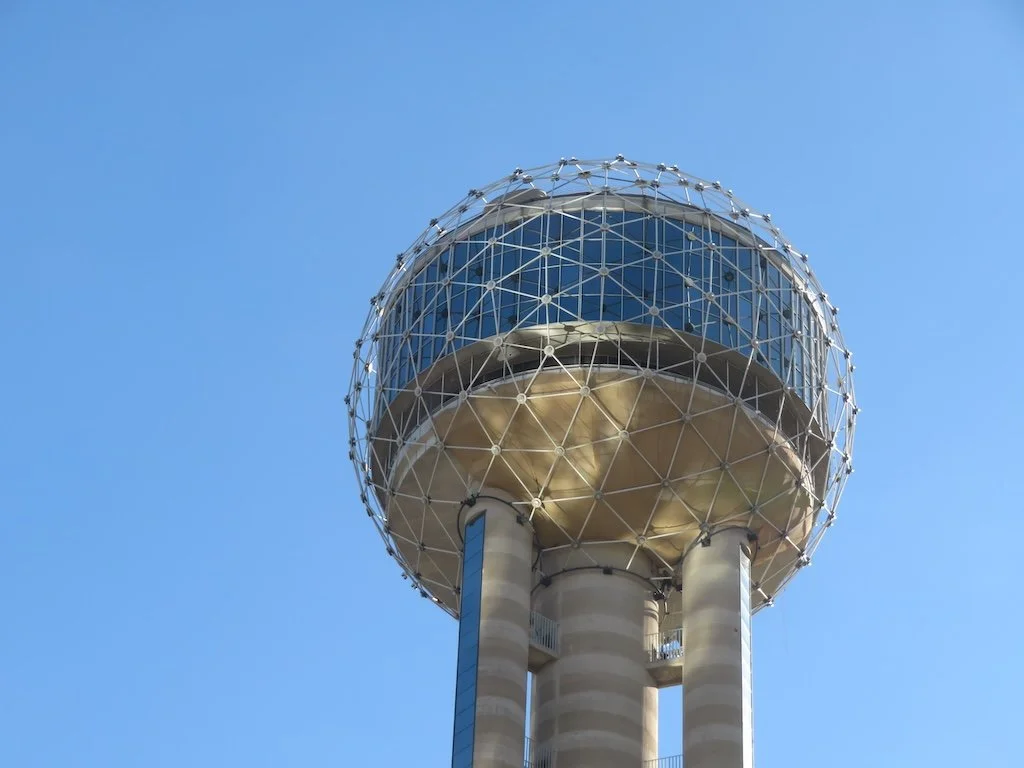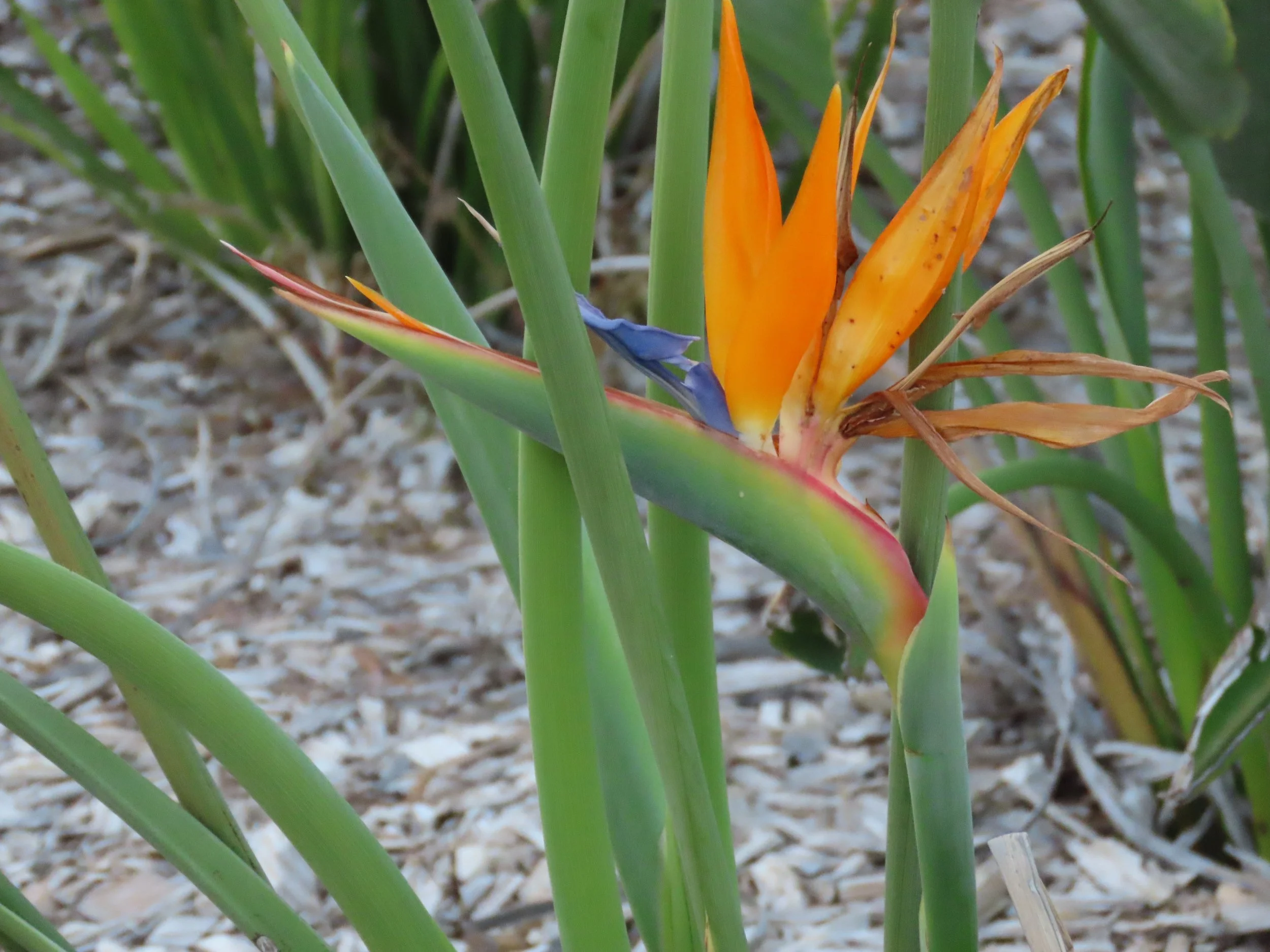MDC Partners Roundtable
/I’ve posted about the side trips I did to and from my trip to Jefferson City…but the reason for going was the Missouri Department of Conservation Partners Roundtable! It was a 2-day conference and a learning experience for me as a Missouri Master Naturalist.
There was the usual bling – a canvas tote (I might leave this one in my car to use when I don’t have my regular grocery bags with me), a 2026 MDC calendar (beautiful Missouri pictures…we’ll hang it on the side of our refrigerator in January), and a lanyard. I picked up a small flashlight from one of the tables and won a hammock when I asked a question in the closing session!
My favorite of the Plenary Speakers was Dr. Nadia Navarrette-Tindall from Lincoln University….talking about native plants….edible ones in particular. I stopped by her table after the talk and enjoyed a persimmon. I also picked up a card about a plant with edible leaves -Rubekia laciniata; common names for it are sochan, golden glow, and cutleaf coneflower. There was a native plant sale the weekend after the conference, and I bought golden glow and a pawpaw….so the talk prompted an immediate action. I hope Dr. Navarrette-Tindall will talk at next summer’s Missouri Master Naturalist Conference.
I was asked to play an ‘expert witness’ in a mock trial of an invasive species in one of the sessions the next morning. It was fun…a little stressful in front of a room full of people but worth it for the experience. It was part of a session for Show-me Green Schools.
There was a session where some brainstorming was done, and the organizers said they would send out a summary…but I haven’t received it yet and am disappointed. It was the most strategic session of the conference.
In general – I came away from the conference understanding that there are a lot of good things being done by MDC and their partners…but there does not seem to be much wiggle room for innovation or doing more. That is concerning because climate change and growing plastic pollution…maybe other factors too…are causing changes that existing conservation efforts might not address very well.
On the way home I stopped to get a snack…and scraped the bottom of my car (a concrete berm at the front of the parking spot…a little too high for the front of my car). It didn’t seem like anything was wrong until I was back on the highway. I heard a noise from the front passenger side of the car…stopped…discovered there was a piece of the tire well hanging down/damaged. I used my phone to photograph underneath. The piece could be pushed up but wouldn’t stay so I moved to more secure place on a sideroad rather than on the highway…and called for a tow. It was a very different process to get home than I anticipated!

